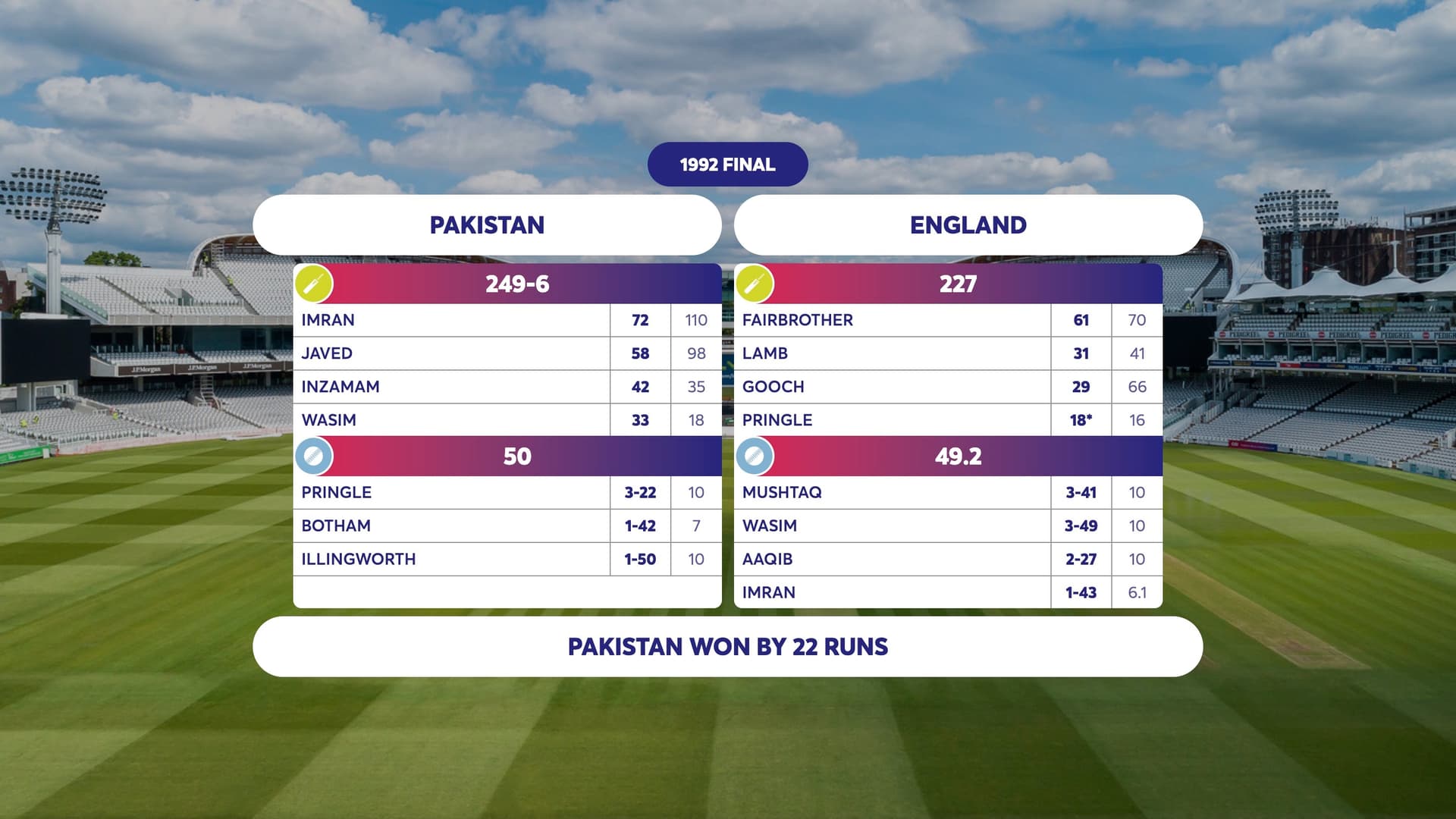
Cricket Scorecard Generator
As a cricket enthusiast with a flair for organizing match memories, I embarked on creating the Cricket Scorecard Generator, a tool to craft ICC-style scorecards for our family and friend games. This isn't an automated marvel yet—it's a manual entry system where I can log player scores, team totals, and more to preserve every thrilling moment. Building it with Next.js, TypeScript, Shadcn, and TailwindCSS has been a labor of love tied to my passion for the sport, and I'm eager to share the journey of bringing this scorecard dream to life.
Why Cricket Scorecard Generator?
Cricket matches with my crew are filled with excitement, but keeping track of scores in an official format was a missing piece—until now. I wanted a way to generate detailed, ICC-inspired scorecards manually, capturing runs, wickets, and overs for each game we play. The goal was to create a reusable record-keeping tool, with plans to link it to my Cricket Stats app for auto-population down the line. It's a personal project fueled by my love for cricket's structure and my drive to blend it with tech innovation.
The Tech Stack: Laying the Groundwork
I chose a stack that balances functionality with a polished look:
- Next.js: The framework foundation, offering server-side rendering for a fast, reliable scorecard display.
- TypeScript: Adding type safety to ensure accurate data handling for scores and stats.
- Shadcn & TailwindCSS: A duo for crafting a responsive, visually appealing interface that mirrors ICC scorecard aesthetics.
This setup gave me the flexibility to focus on scorecard design and data input without getting lost in backend complexities.
Key Features: Capturing the Game's Essence
The Cricket Scorecard Generator shines with features tailored for match records:
- ICC-Style Scorecards: Manually input player runs, wickets, overs, and extras to create official-looking match summaries.
- Team and Player Logs: Track individual and team totals, including batting and bowling figures, for a complete overview.
- Manual Entry Flexibility: Add scores step-by-step, from individual deliveries to final totals, with room for notes.
- Future Auto-Integration: Designed with plans to sync with Cricket Stats for automatic data pulls in upcoming updates.
These elements turn raw match data into a professional-grade keepsake for our cricket sessions.
The Development Process: From Wickets to Web
I started by setting up Next.js and using TypeScript to define strict data structures for scores—like runs scored off each over or wickets taken. Shadcn and TailwindCSS shaped the UI into an ICC-inspired layout, with tables for batting orders and bowling analyses, which required careful alignment to look authentic. The challenge was building a manual input system that didn't feel clunky—solved by breaking it into sections like innings and player stats. Testing with a mock match on September 03, 2025, at 09:22 AM PKT revealed input quirks, but refining the form fields and adding validation made it a smooth experience. Seeing the first completed scorecard was a proud moment!
What I Learned
This project was a rich learning field:
- Data Structuring: TypeScript taught me the value of strong typing for managing complex cricket data.
- UI Precision: Shadcn and TailwindCSS showed how meticulous design can elevate a functional tool's appeal.
- Manual to Auto Transition: Planning for future integration with Cricket Stats deepened my foresight in app design.
- User Testing Insight: Simulating matches highlighted the need for intuitive inputs and clear feedback loops.
Conclusion
The Cricket Scorecard Generator is my tribute to cricket's record-keeping tradition, turning manual entries into polished scorecards for our games. This project honed my Next.js and UI skills while planting seeds for automation with Cricket Stats. It's a unique portfolio gem, proving I can build practical tools that blend sport and technology, with exciting enhancements like real-time scoring on the horizon!